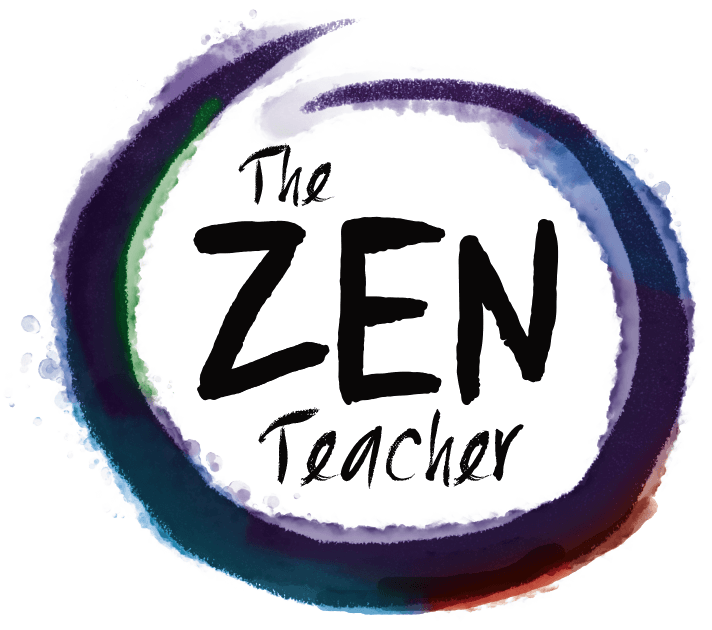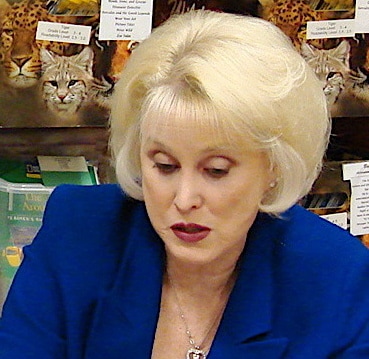If you would like to participate in THE ZEN TEACHER PROFILE, please feel free to let me know by using the contact form on the website, which can be found here, or emailing me at teachingzen@gmail.com. I offer you twenty-two questions and you choose the ones (limit 3) you’d like to answer.
1. What does a Zen classroom look like to you?
A Zen classroom looks, feels, and sounds very much like a student-centered classroom.
Some things fall under the category of ‘Zen Essentials’ such as a classroom design that
invites children to the learning experience in ways that inspire joyful, instructional calm.
Other things fall under the category of ‘Zen Deal-Breakers’ such as our failure to nurture
positive relationships and mutual respect. The challenge of creating student-centered Zen
is that it is a personal prospect that can look feel and sound different for each individual,
meaning there is no recipe to promote a Zen state. I’ve seen teachers assume that music
playing as students work will have a positive impact without acknowledging that it can
have the opposite effect when we don’t consider each child and situation. The classroom
environment also has a dramatic impact so we create open spaces that will accommodate
collaboration and creative dialogue. When I walk into a classroom with soft lighting, I
personally have an immediate sense of calm and yet there are times when bright lights are
warranted. In other words, there is no one-size-fits-all student-centered Zen approach, but
there are critical qualities such as open-ended, flexible, respectful classrooms where we
approach this goal in thoughtfully responsive ways. In other words, student-centered Zen
is all about professional decision-making with students at the forefront.
2. What role does non-judgment play in your classroom experience?
As a literacy consultant and coach in classrooms across the country, non-judgment is at
the top of my list of professional priorities. I view my work with teachers much like I
view my work with children, in that I have a clear responsibility to bring mutual respect
and shared risk-taking to everything I do. When I coach, I am acutely aware that it is not
my job to fix, dictate, or judge but to support, suggest, and gently nudge based on each
teacher’s professional goals and current understandings. I approach this learning with a
sense of professional curiosity, seeking always to understand from their perspective. I ask
open-ended questions, but encourage ponderings rising from our work together that can
open a door to new thinking in a spirit of collaborative engagement. I listen more than
talk and demonstrate deep respect for the learning process from their side of the table. I
leave my opinions at the door while keeping keep my eyes and ears open to opportunities
to meander our way to new thinking. Above all, I welcome them into their own learning
within a supportive experience through my every action. When I am inspired by the idea that
within a positive two way learning process, I have the opportunity to learn as much from
them as they learn from me. That is professional Zen at it’s best.
3. How do you recognize and act on intuition in your classroom experience?
I questioned everything I said and did in my early years of teaching, seeing only my
imperfections with few shades in between. I wanted to be the perfect teacher and became
increasingly frustrated that instructional Nirvana felt so far out of reach. It was only after
many years of teaching that I began to realize that good teaching is not about perfection,
but my willingness to use those inevitable missteps that had as much to teach me as my
successes. I learned over the years to celebrate my imperfections and bravely forge ahead
when I faltered, knowing the best learning opportunities reside in those messy moments.
Sometimes my intuition serves me well, but I learned to draw from a healthy dose of
humility when it did not. I have come to respect the precious moments that help me see
possibilities because I know those moments may never be available in quite the same
way. I have learned to trust myself to make the best choice at that time, but I am kind if
those choices prove flawed. I accept that I will make mistakes along the way, but am
inspired learn and grow no matter what the outcome because I am a joyful work in
progress. I now realize that there is no arrival point to excellence because it’s a never-
ending journey that will lead me from the teacher I am to the teacher I could be in the
future. And I am excited to meet that teacher! TZT
Mary Howard is a national literacy consultant/coach and the author of RTI from All Sides:
What Every Teacher Needs to Know (Heinemann, 2009) and Good to Great Teaching:
Focusing on the Literacy Work that Matters (Heinemann 2012). Mary has been an
educator for over four decades, with extensive experience as a Reading Recovery, special
education and resource teacher and she co-moderates #G2Great Twitter chat and blogs at
www.literacylenses.com.

